When interior photographer Line Klein and her family moved into their Neo-Baroque home in the Frederiksberg district of Copenhagen seven months ago, they instinctively turned to the award-winning Nordiska Kök to help totally transform the kitchen.
Balancing the properties period details with practical everyday efficiency, this former Gas worker’s house, designed by architect Christian Mandrup-Poulsen, is now not only filled with warmth and eccentricity once more, but also lots of inspiring ideas for anyone looking to create a Danish style kitchen of their own.
1. Be brave with colour
Despite many preconceived ideas the Danes aren’t afraid to express themselves through colour, and in her kitchen, as throughout her home, Line uses it in a gentle yet playful way. “I’d had Nordiska Kök on my radar for a while and had a clear vision for the kitchen from the very first day we moved in. I wanted a light-yellow Shaker-style that would suit the house,” she says.
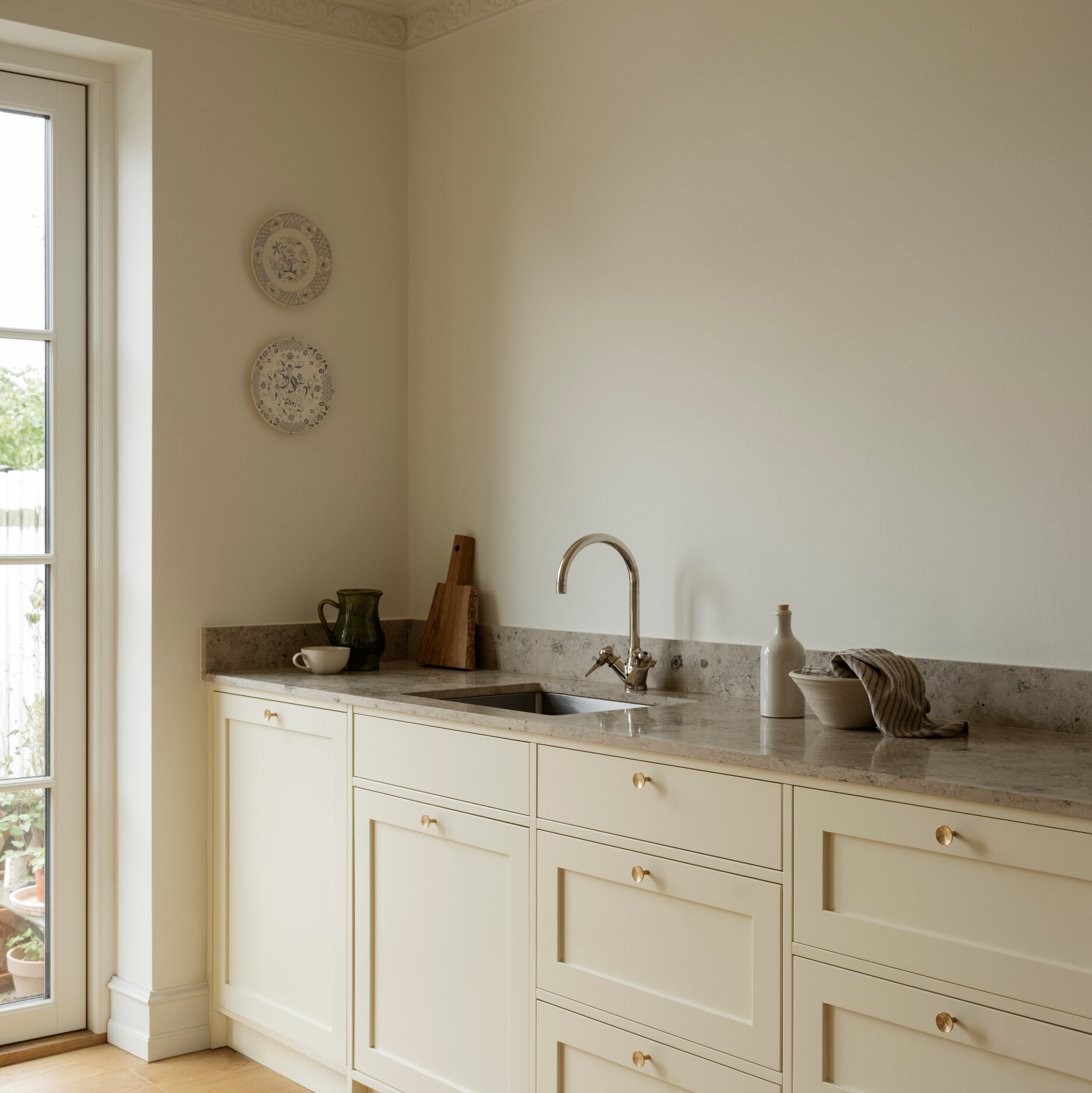
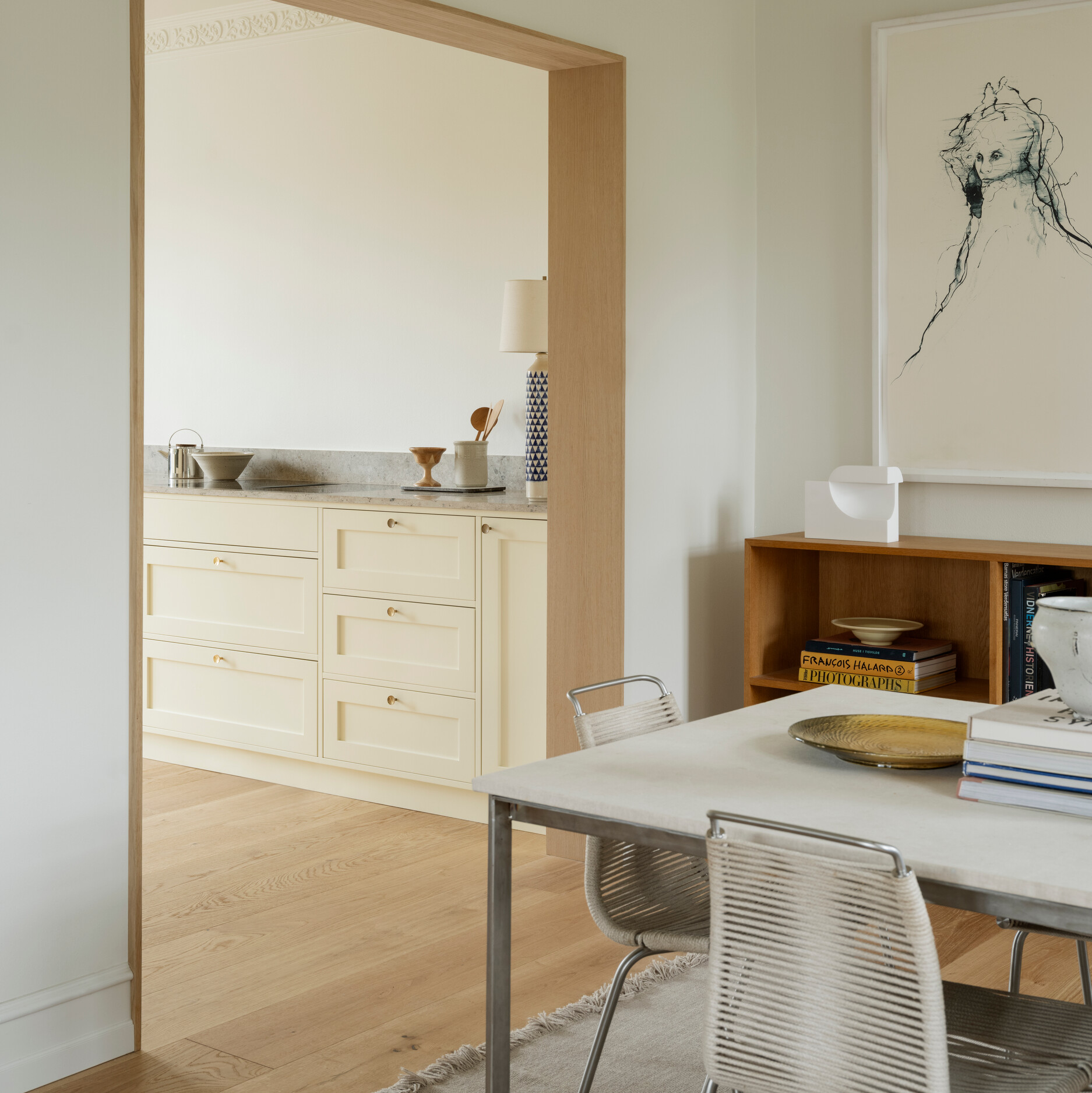
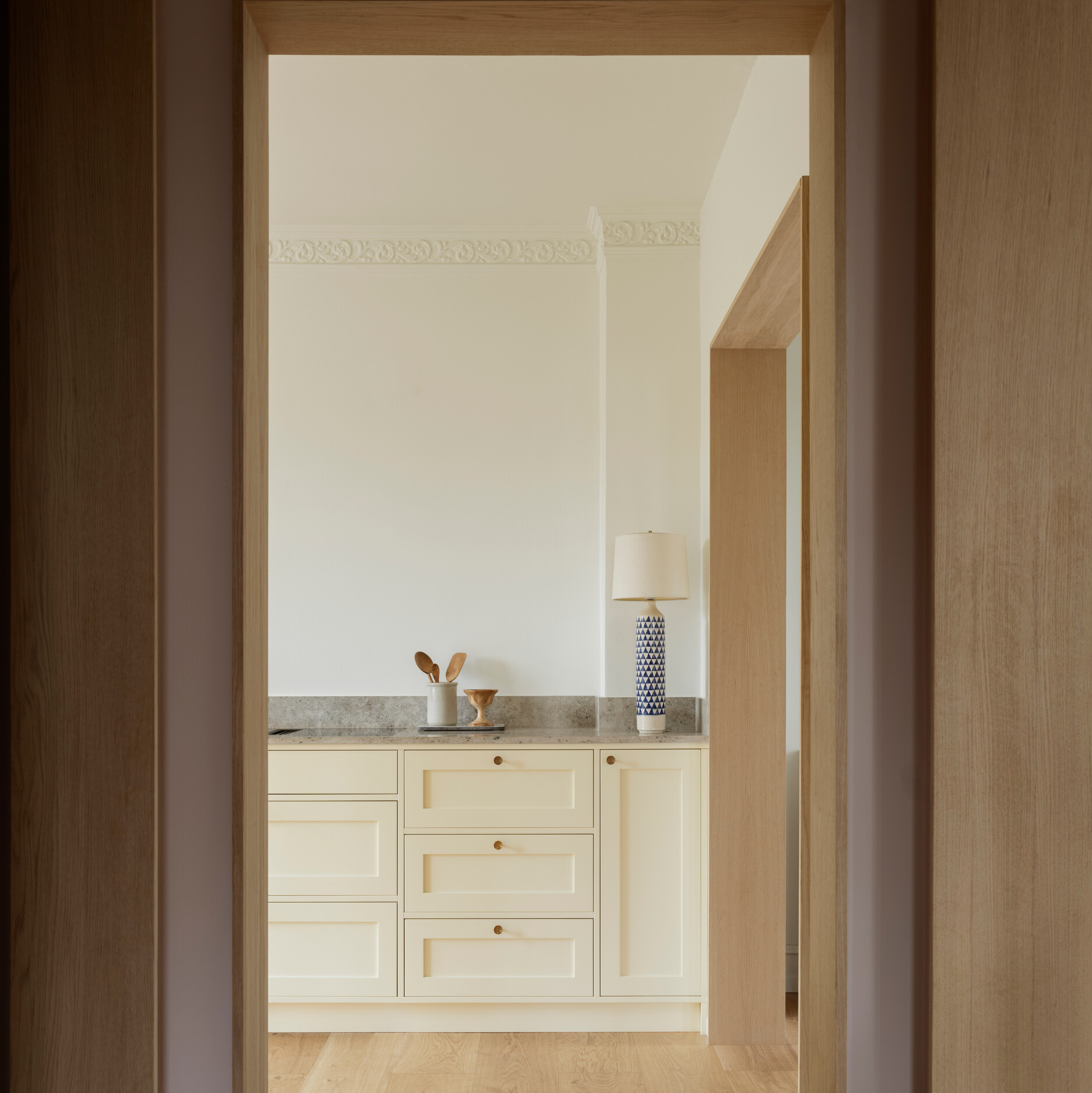
2. Choose natural materials
For an authentic Nordic look incorporating wood and stone is a must. By choosing a tactile Jura Grey limestone for the worktops and splashbacks, adding oak to the inside of cabinets, shelves and drawers, along with beautiful handmade brass knobs from Københavns Møbelsnedkeri as a finishing touch, Line has created the perfect balance of texture and warmth.
3. Embrace functional design
Simple, well-crafted and practical in its design one entire side of Line’s kitchen is made up of just drawers. “We also added a pantry next to the kitchen, so all the larger items – appliances, dry goods, and storage – don’t clutter the main space. This was essential because I wanted the kitchen to feel airy and simple, yet also function as a true working station,” she explains.
4. Highlight craftsmanship
Throughout this home, timeless and iconic pieces of Danish design sit happily alongside hand crafted artworks and ceramics from modern-day makers. Line’s favourites include a black ash Carimate chair by Vico Magistretti for Fritz Hansen which was originally designed in 1959, a set of beautiful PK1 dining chairs by Poul Kjærholm for Carl Hansen & Søn, and a stainless-steel teapot by Helena Rohner for silverware brand Georg Jenson.
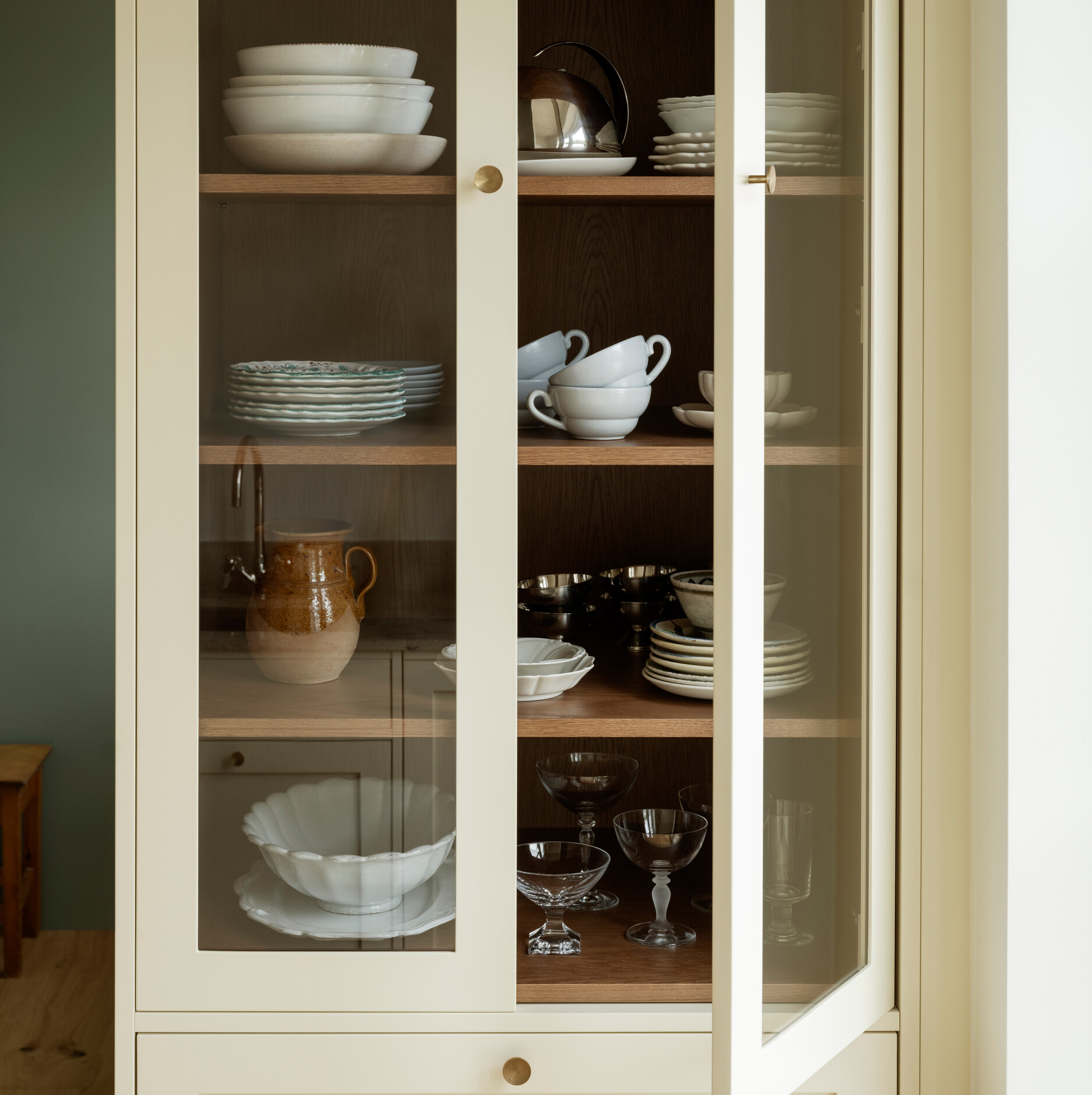
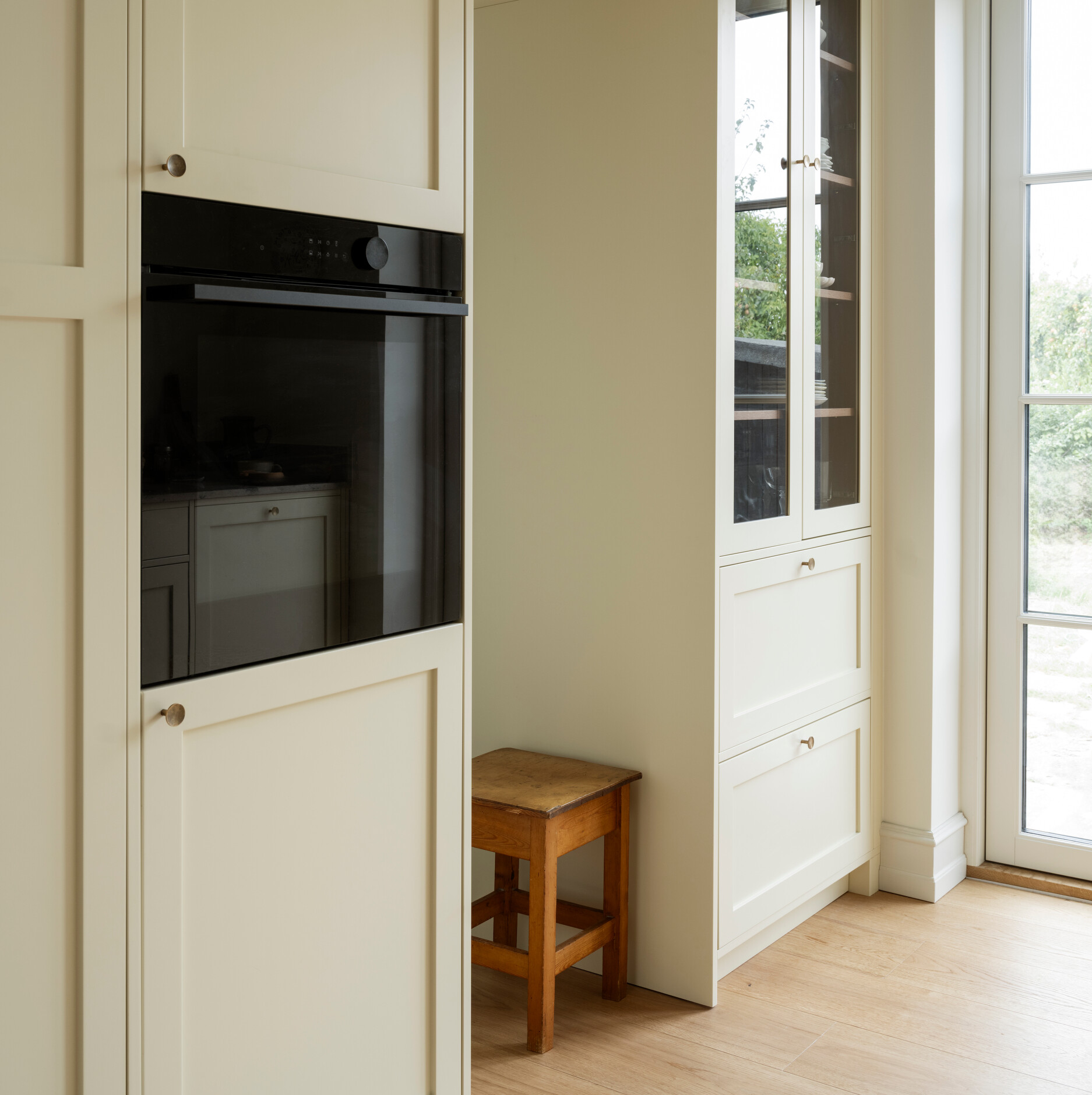
5. Bring in natural light
For 20 years Line had previously lived with a combined kitchen-dining area, but in her new home she envisioned something different: two separate rooms – one for cooking and one for gathering. By avoiding heavy window dressings, and maximising the opening between the kitchen and dining area, both spaces now feel airy and open, allowing light and life to flow between them seamlessly.
6. Add personality with objects and art
By mixing old with new, treasured vintage finds with contemporary design pieces, Line may not have lived in here long, but this home is already bursting with character and soul. “I care deeply about the things we live with, and every piece means something to me. Our house is also a lively home with kids and friends constantly moving in and out, and that atmosphere is part of its charm,” Line says.
7. Focus on longevity
“I think many Danes are good at finding their own style. Of course, trends exist, but overall, we tend to invest in quality and take pride in our heritage. Many of us grew up surrounded by classic Danish design, so it feels very natural to choose timeless, well-made pieces. At the same time, Danes are eclectic – we’re good at mixing styles and creating something that feels personal and unique,” she concludes.
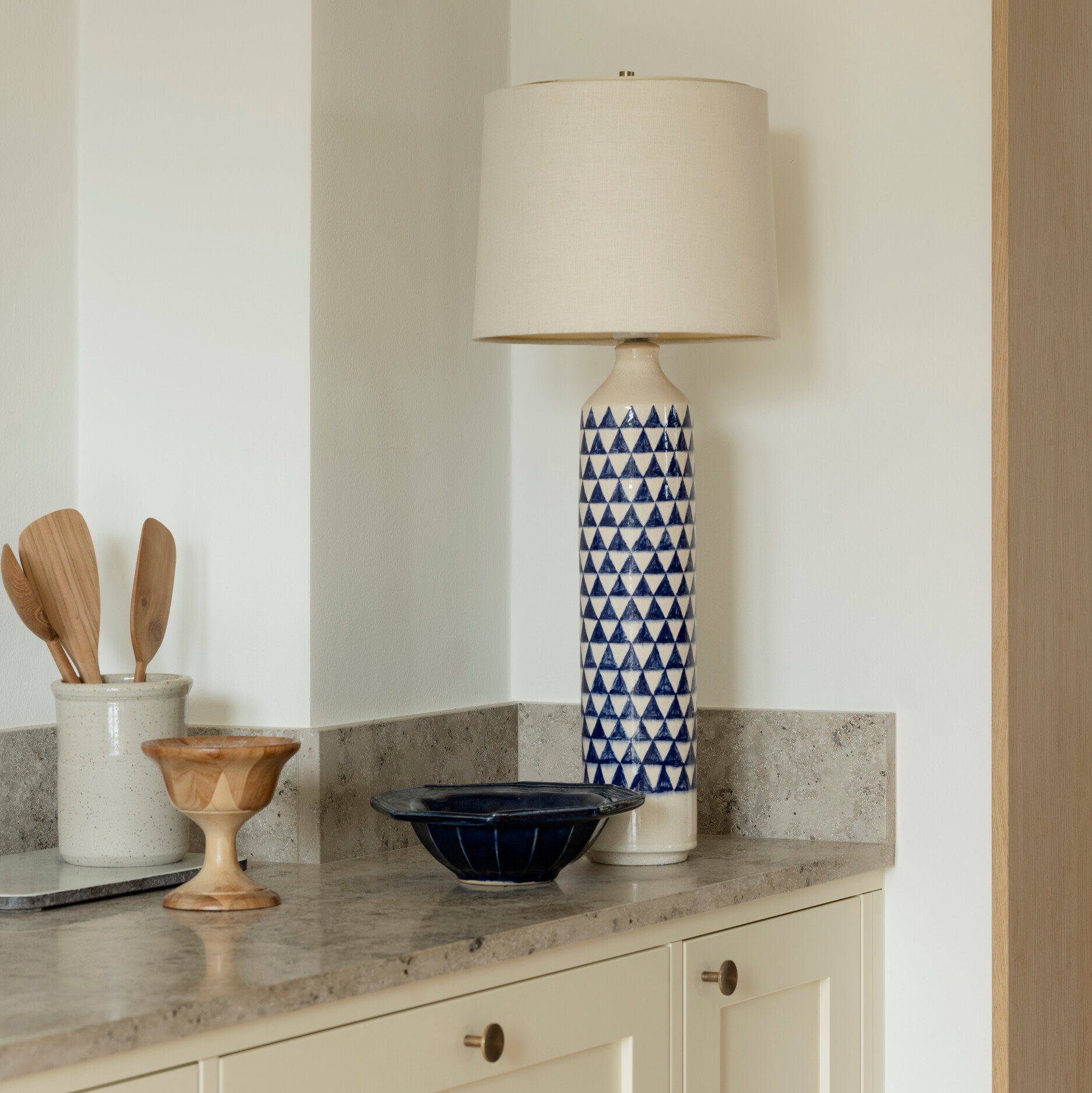
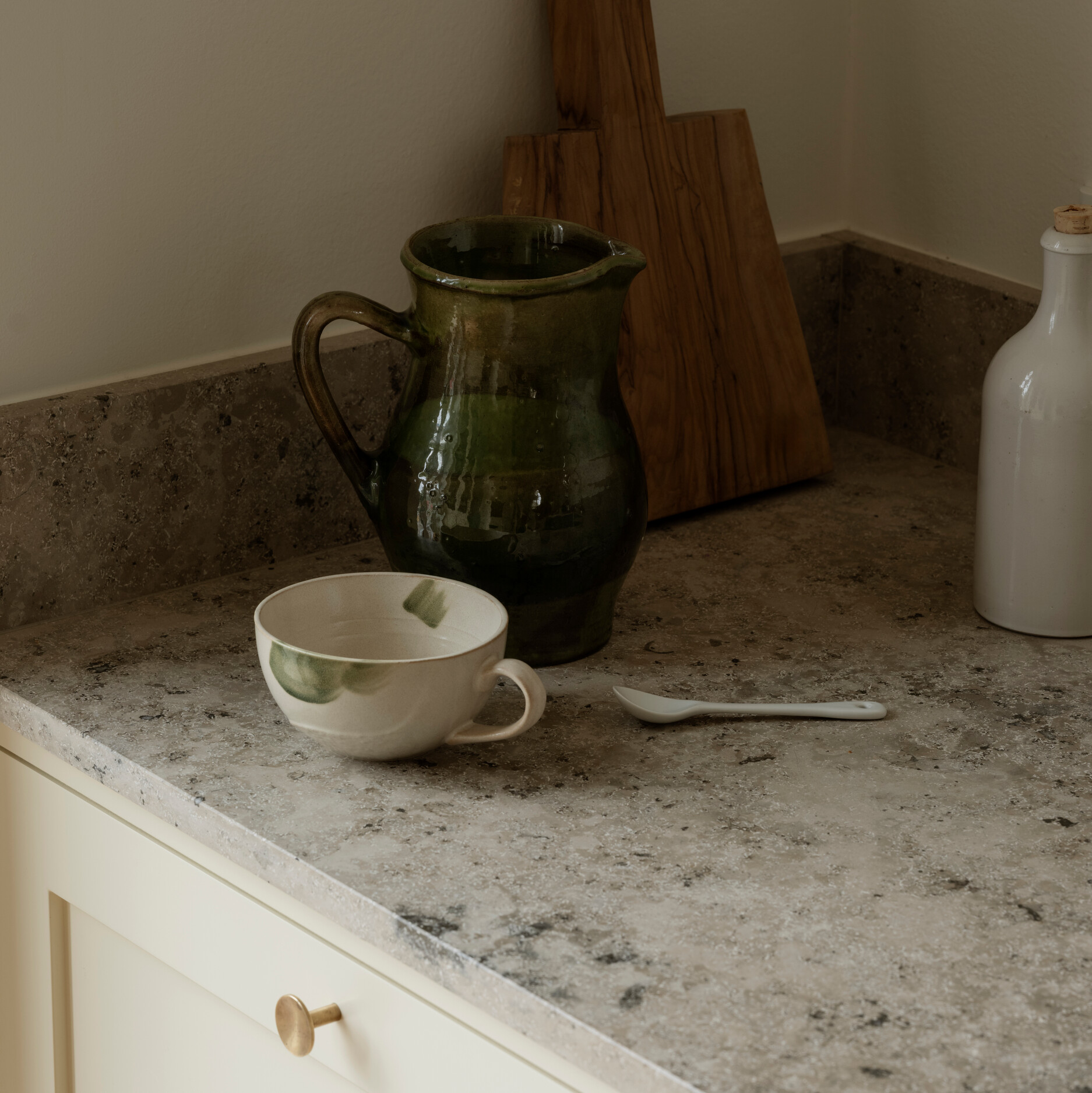
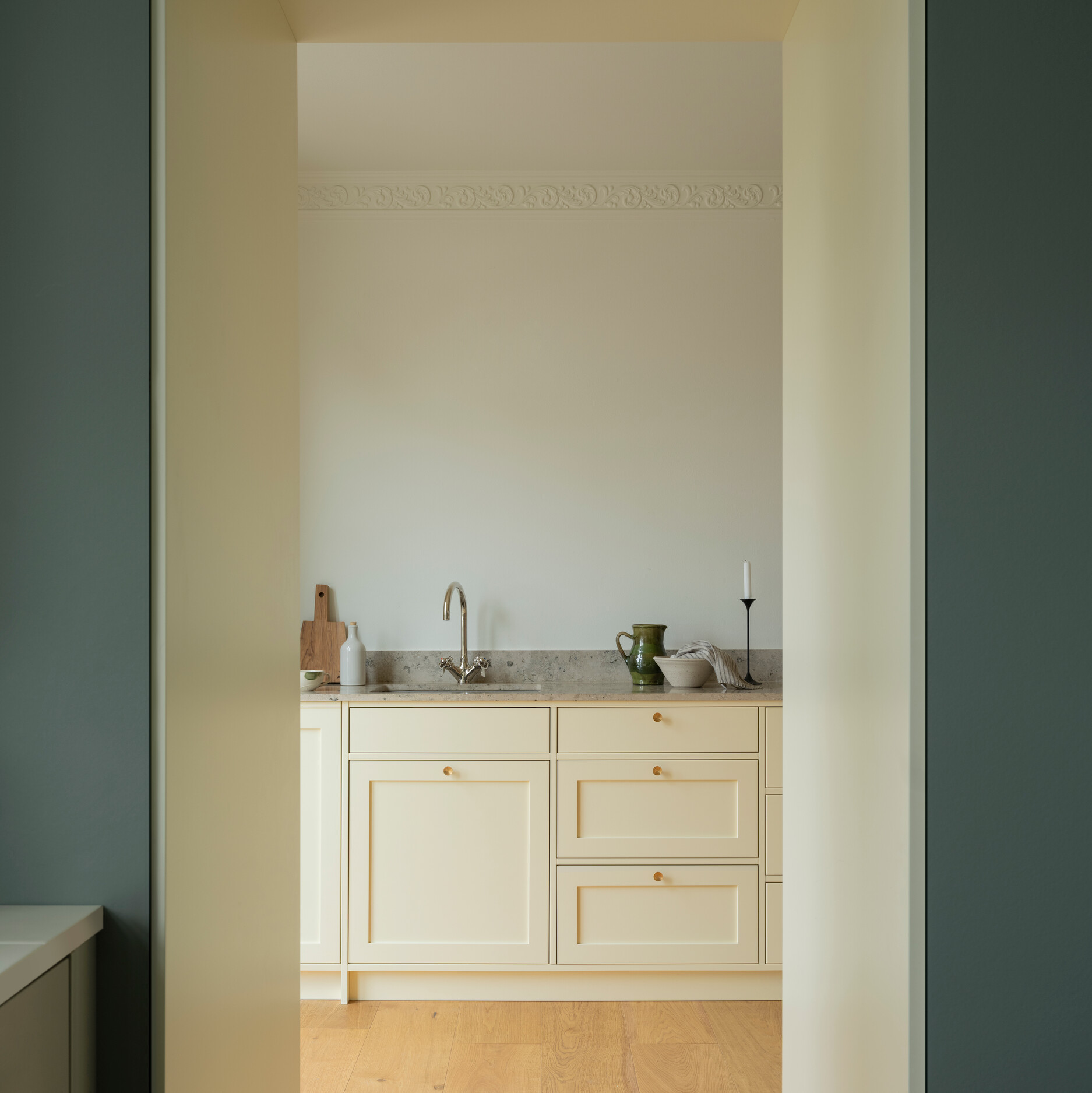
Want to know more?
Nordiska Kök is a leading Scandinavian kitchen company specialising in creating bespoke, sustainable, and architecturally inspired kitchens. All their kitchens are manufactured in their carpentry studio just outside Gothenburg before being delivered across Europe and the UK. To find out more about Nordiska Kök, and to see more examples of their kitchens, visit their website.
All images by Line Klein for Nordiska Kök, with styling by Marie Graunbøl.
Enjoyed this post? Then take a tour of another elegant Copenhagen kitchen by Nordiska Kök.

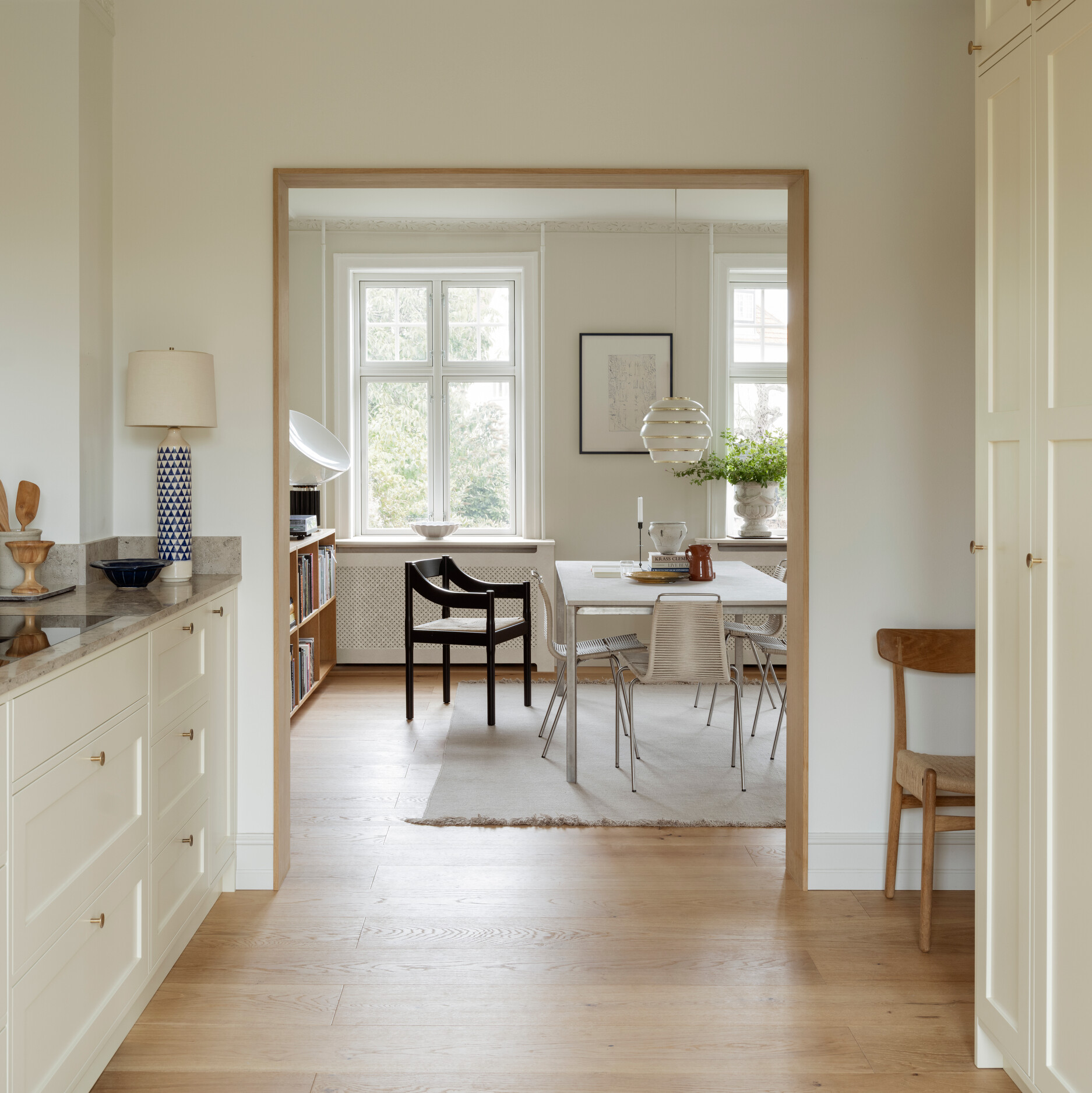
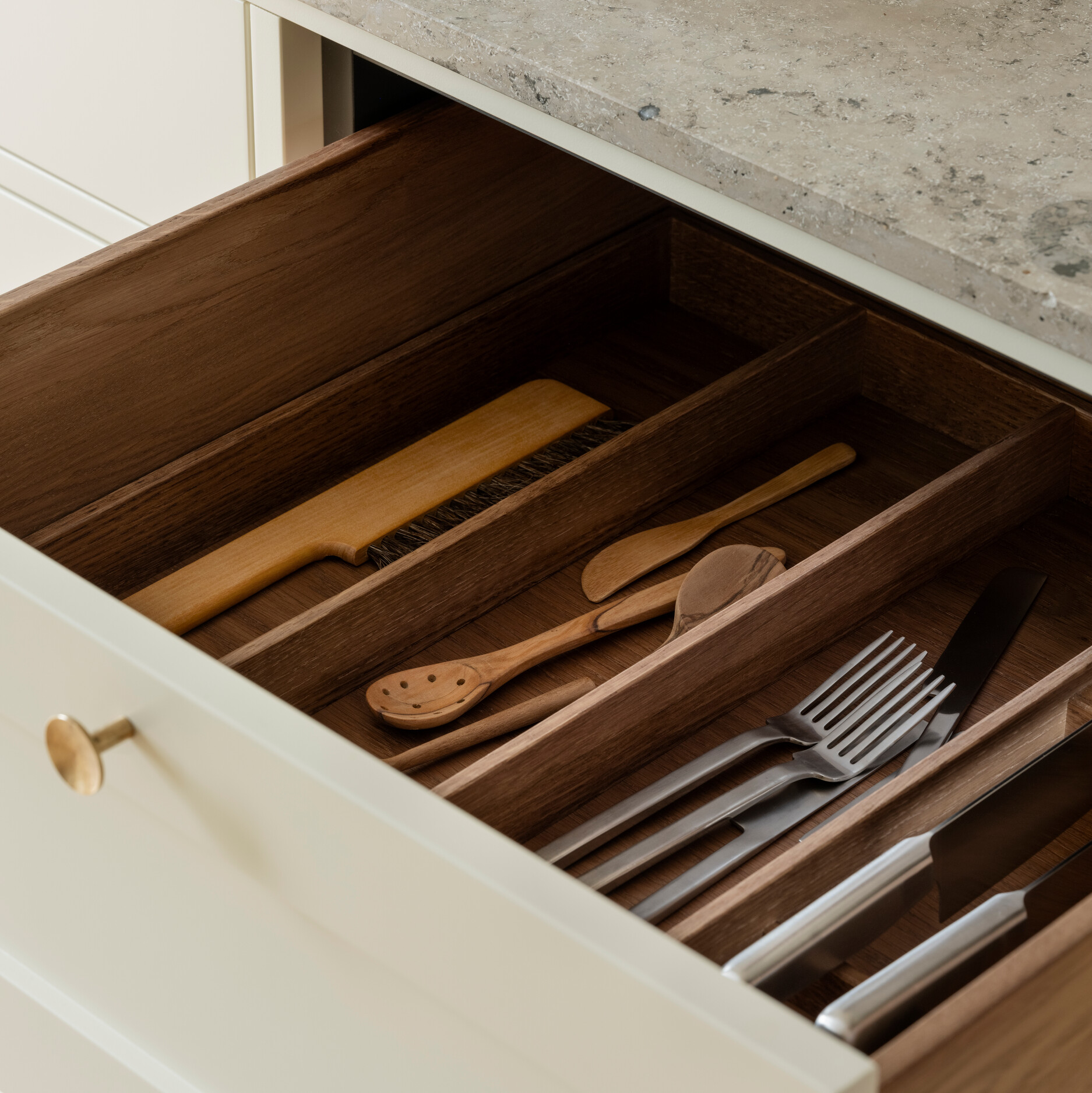


Leave a Reply